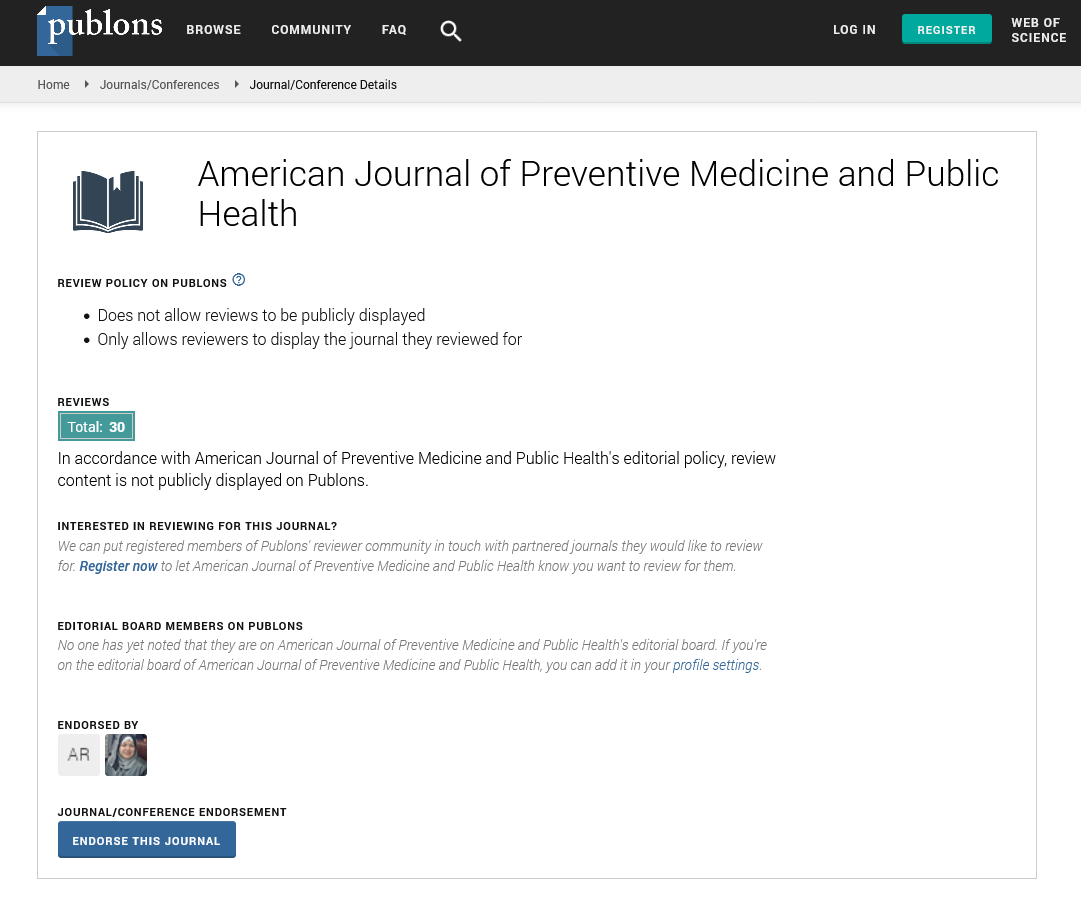Device-associated infection rates in different intensive care units in a tertiary care hospital in Egypt
Abstract
Rania Hassan1 , Abdel-Hady El-Gilany2 , Noha El-Mashad3 , Amina M. Abd elaal3
Background: Device-associated hospital-acquired infections (DA-HAIs) are a threat to patient safety, particularly in intensive care units (ICUs). Methods: A prospective observational study was carried out for 12 months from January 2017 to December 2017 in five ICUs, including general ICU, cardiology care unit, neonatal ICU, pediatric ICU, and neurosurgery ICU of Mansoura New General Hospital. Data were collected from patient’s file and laboratory results according to definitions of CDC. DA-HAIs were calculated by dividing the total number of device associated infections by the total number of device days and multiplying the result by 1,000. Results: In the current study, 1,666 patients hospitalized for 11.280 days in different ICUs. These patients acquired 91 DA-HAIs. The most frequent DA-HAIs (per 1,000 device-days) were ventilator-associated pneumonia (VAP) (10.9), central line-associated bloodstream infection (CLA-BSI) (5.9), and catheter-associated urinary tract infections (CA-UTI) (5.6). The urinary catheter utilization ratio was 0.54, central line utilization ratio was 0.33, and ventilator utilization ratio was 0.28. The most frequently isolated organisms were Klebsiella spp. (34%) and E. coli (20.9%). The most frequent bacteria causing VAP, CLA-BSI, and CA-UTI were Klebsiella spp. (60%), Staphylococcus aureus and Enterococcus spp. (27.3% for each), and E. coli (41.2%), respectively. Conclusions: Surveillance of DA-HAIs is the first step to improve infection control activity and to implement preventive bundles measures in the ICU.
PDF






